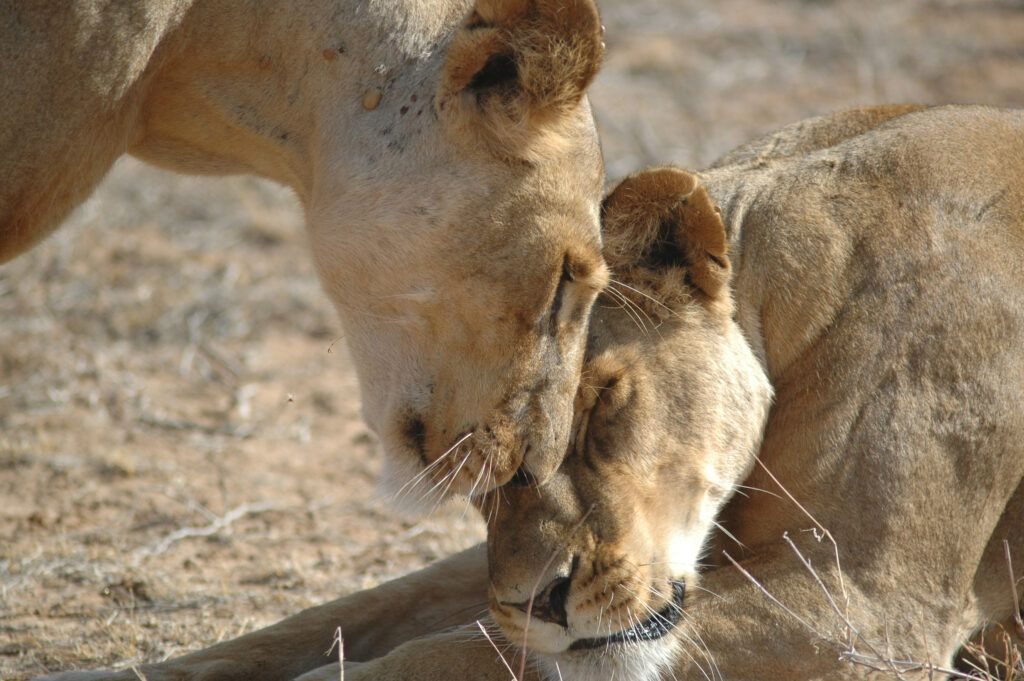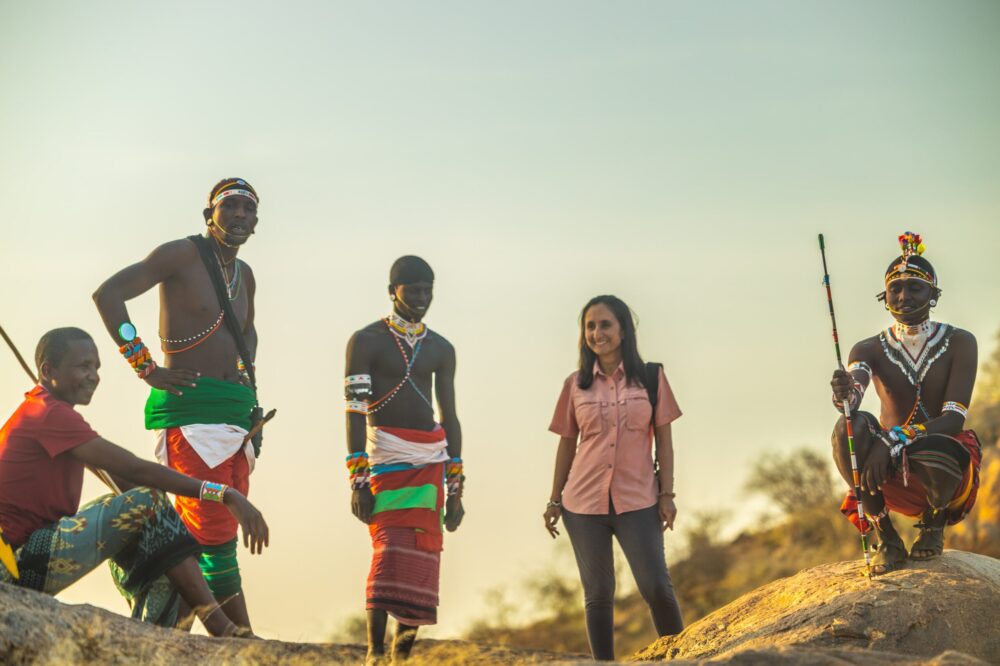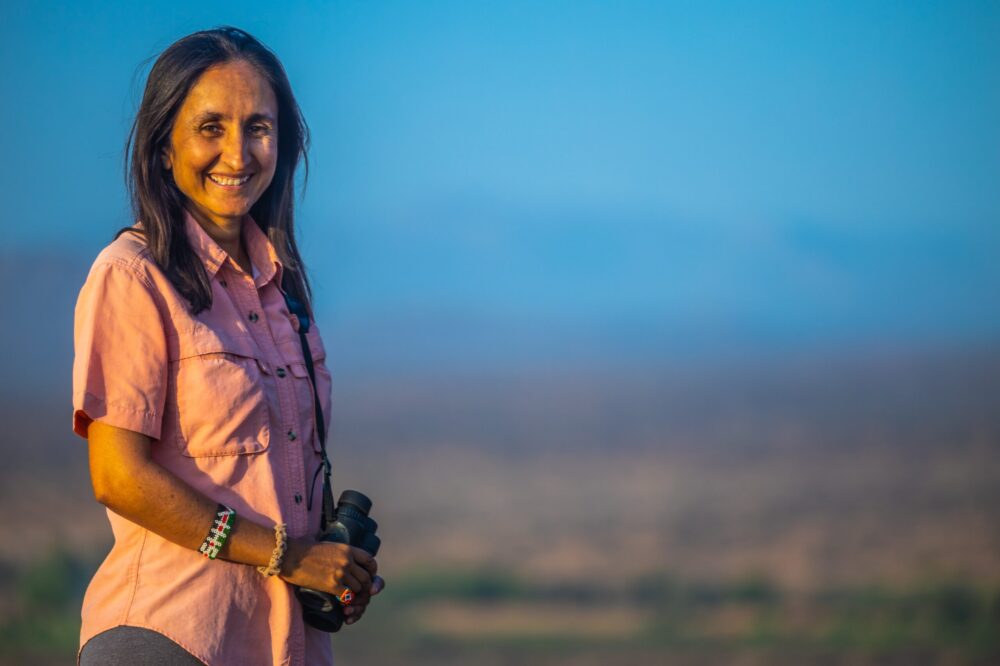May 6, 2021
By Stephanie Carnow
It wasn’t long after daybreak when Sintiwan Lekilia left her home, the sun still hung low in the sky casting a warm honey-colored tint over the open savanna. It’s a 45 minute walk to the Grevy’s Zebra Trust (GZT) camp and Sintiwan wanted to get there early. When she arrived, she settled into the workshop amongst an array of zebra-striped cloth, thread, and recently sewn facemasks. Across the hills, Jisana Tampushi is hammering loudly—adding the finishing touches to a ‘tippy-tappy’, a hand washing station operated by a foot pedal. The contraption has attracted a group of curious children, eager to learn from Ewaso Lions (EL) how to properly wash their hands to prevent the spread of COVID-19. Throughout 2020, the collaboration between local people and conservationists at GZT and EL, have helped the communities and wildlife populations in northern Kenya stay healthy in the face of a destructive pandemic.
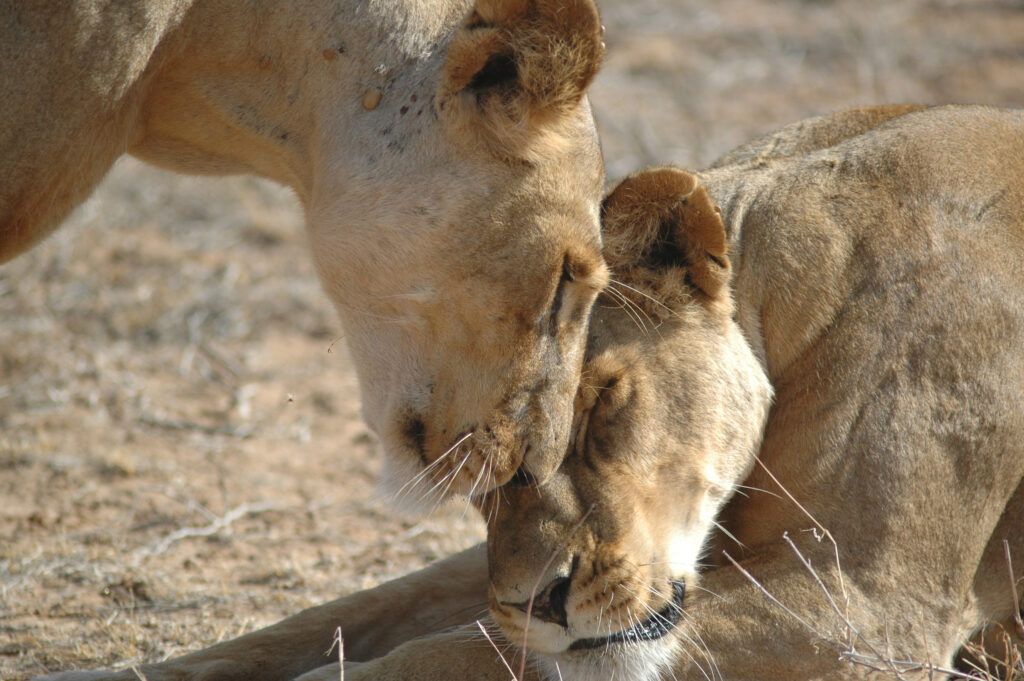
GZT and EL have worked together before. They both operate in the same area and employ many of the same conservation techniques. This year, the pandemic forced both groups to adapt. Meetings they once held with locals to reduce conflict with lions now happened in smaller groups and at a safe distance. GZT’s Nkirreten Project, a women’s empowerment project that Sintiwan participates in, typically makes sanitary pads, but has expanded to include facemasks. Together, EL and GZT set up hand washing stations and disseminated healthcare information to boost community safety. As a result, their partnership and the community-led nature of their work has made this area particularly resilient to the health impacts of the pandemic.
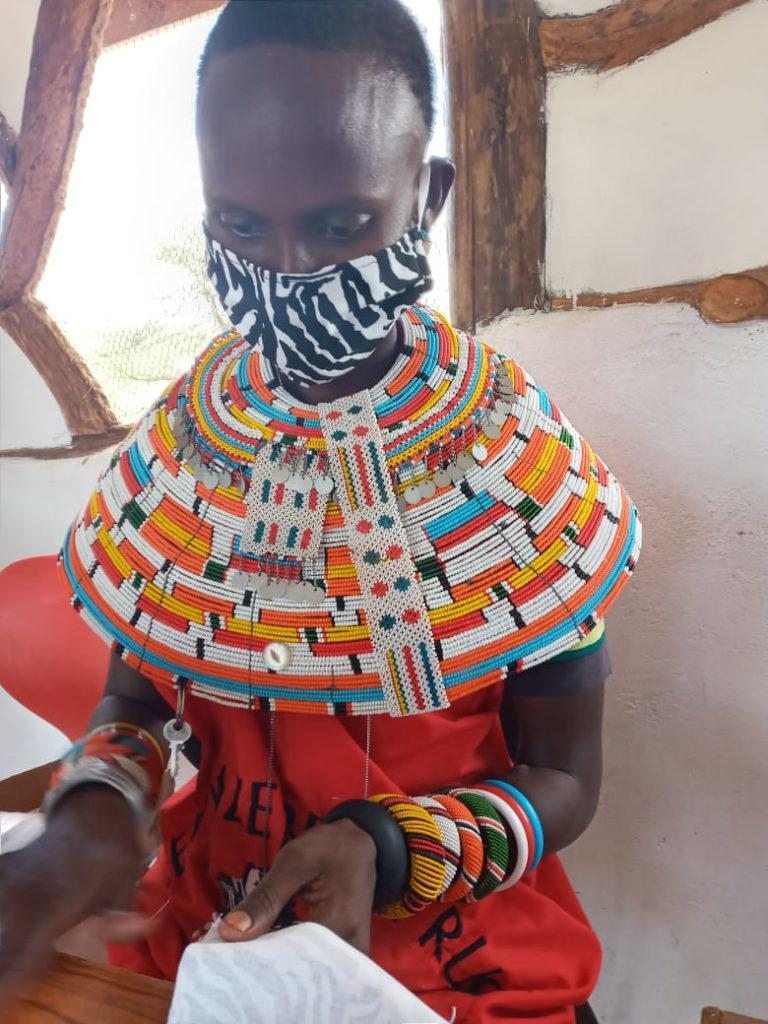
Because their community work supports the local pastoral economy, GZT and Ewaso Lions were also able to withstand the worst financial downturns of the pandemic. As the travel industry grinded to a halt in 2020, it heavily impacted many conservation organizations that rely on tourist dollars. Although GZT and EL faced their own unique funding challenges, tourism and conservation are not linked where they operate. Untethered from tourism, their conservation work with locals to protect livestock from hungry lions and manage rangeland habitat for the highly endangered Grevy’s zebra was able to continue with relatively minor adjustments.

Community engagement is the cornerstone of conservation for GZT and Ewaso Lions, and it cannot function without trust. This trust is strong due to years of working together to help wildlife and people coexist. Additionally, the bond between conservationists and locals is close because these conservationists are not outsiders, they are from the same communities where they operate. Because they are so rooted in the area, conservationists weathered the pandemic right alongside their communities, strengthening trust even more.
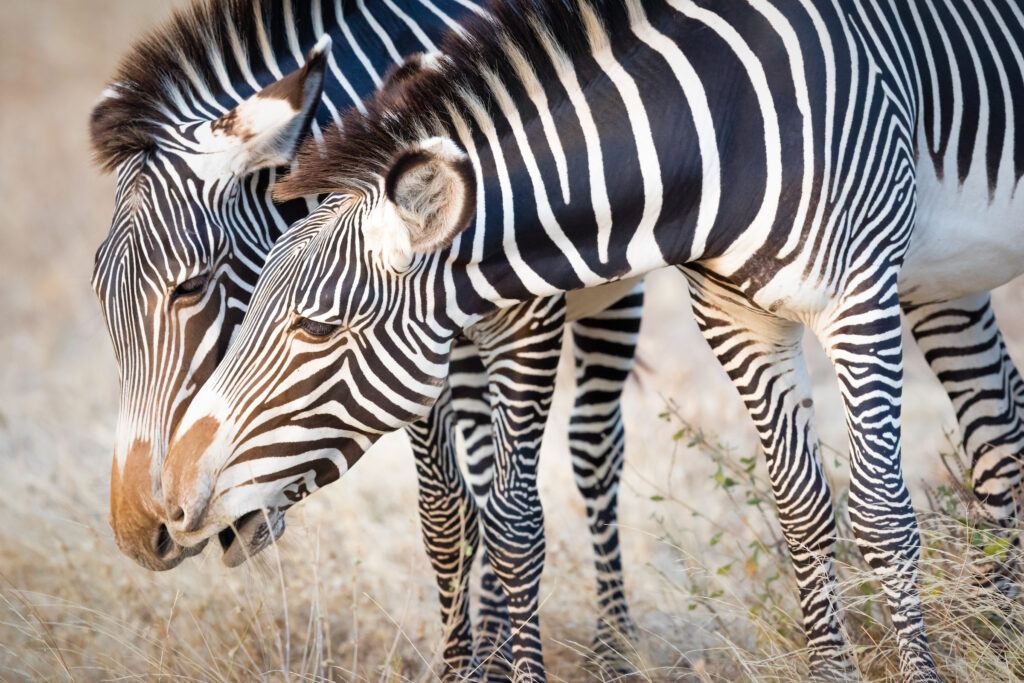
When people are hungry or sick, caring for wildlife, understandably, cannot be their priority. This is why humanitarian efforts and protecting wildlife go hand-in-hand. In this unprecedented year, GZT and Ewaso Lions banded together and worked with local people—producing masks with Sintiwan and strengthening health services with Jisana—to ensure their communities were safe and that their efforts to protect wildlife never wavered. In doing so, they demonstrated the truly resilient nature of community-led conservation.
Source: https://wildnet.org/the-resiliency-of-conservation/


